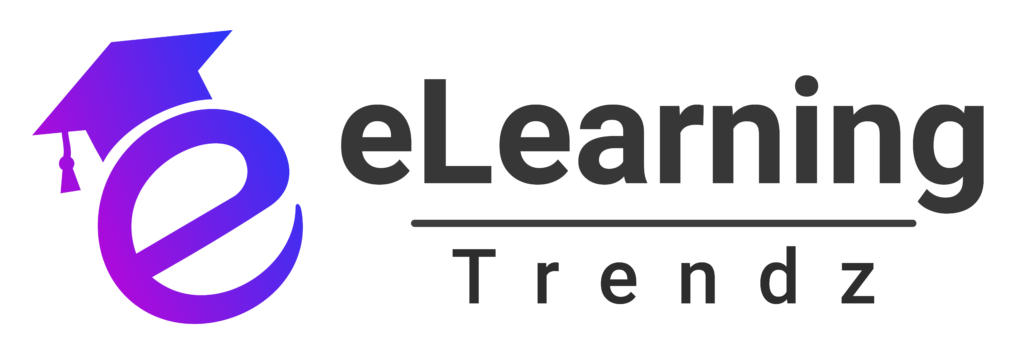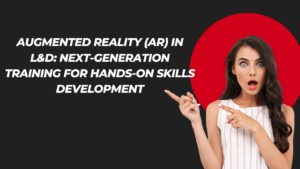Artificial Intelligence (AI) has rapidly evolved from a futuristic concept to a tangible force reshaping various industries, including Learning and Development (L&D). As organizations strive to enhance employee training and development, AI offers promising tools and methodologies. However, distinguishing between the hype and the reality of AI’s capabilities in L&D is crucial for making informed decisions.
The Hype Surrounding AI in L&D
The excitement around AI in L&D has led to several misconceptions:
Overstated Capabilities
Marketing narratives often portray AI as a panacea capable of autonomously managing all aspects of learning, from content creation to personalized instruction. This portrayal can lead to unrealistic expectations.
Immediate Transformation
There’s a belief that integrating AI into L&D will result in instant improvements in learning outcomes and operational efficiency. In reality, the benefits of AI integration often materialize over time and require continuous refinement.
Replacement of Human Roles
Some anticipate that AI will replace human trainers and educators, automating the entire learning process. However, the nuanced understanding and empathy that human instructors provide remain irreplaceable.
The Reality of AI in L&D
While the hype presents an inflated view, AI does offer substantial, albeit more measured, benefits in L&D:
Personalized Learning Experiences
AI can analyze learners’ performance data to tailor educational content, addressing individual strengths and areas for improvement. This personalization enhances engagement and knowledge retention.
Administrative Efficiency
AI-powered tools can automate routine tasks such as scheduling, enrollment, and progress tracking, allowing L&D professionals to focus on strategic initiatives.
Data-Driven Insights
By processing large datasets, AI can uncover trends and patterns that inform the development of more effective training programs. These insights enable continuous improvement in learning strategies.
Scalable Support Systems
AI-driven chatbots and virtual assistants can provide learners with instant support and resources, facilitating a more responsive learning environment.
Bridging the Gap: Strategies for Effective AI Integration
To navigate the space between hype and reality, organizations should consider the following strategies:
Critical Evaluation of AI Solutions
Assess AI tools based on their proven capabilities and alignment with specific organizational needs, rather than succumbing to marketing pressures.
Incremental Implementation
Adopt AI technologies gradually, starting with pilot programs to evaluate effectiveness and make necessary adjustments before broader deployment.
Continuous Learning and Adaptation
Stay informed about AI advancements and be prepared to adapt strategies as the technology evolves, ensuring that integrations remain relevant and effective.
Human-AI Collaboration
Leverage AI to complement human expertise, using technology to handle repetitive tasks while allowing human trainers to focus on areas requiring critical thinking and emotional intelligence.
Conclusion
AI holds significant potential to enhance Learning and Development by providing personalized, efficient, and data-driven solutions. However, it’s essential to approach AI integration with a balanced perspective, recognizing both its capabilities and limitations. By critically evaluating AI tools, implementing them thoughtfully, and fostering a collaborative environment between technology and human expertise, organizations can effectively harness AI to advance their L&D objectives.









